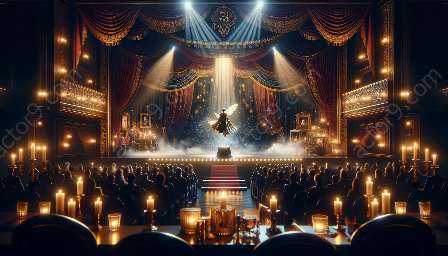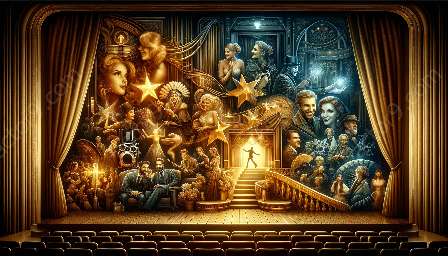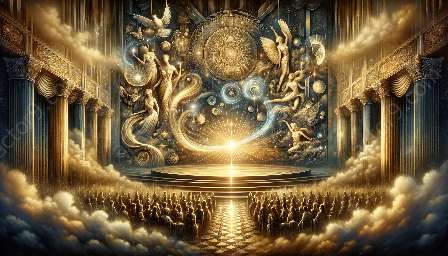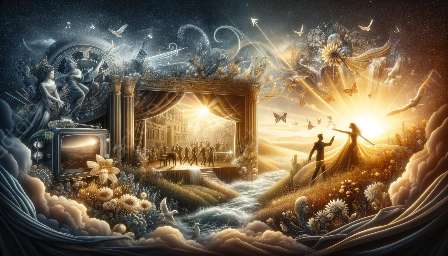Hypnosis has been a part of performing arts for centuries and has often been associated with magic and illusion. Examining the cultural perspectives on hypnosis in performing arts and its relation to magic and illusion provides insight into the way different cultures perceive and utilize this intriguing form of performance art.
Hypnosis in Magic and Illusion
Hypnosis has long been intertwined with the world of magic and illusion. Many magicians and illusionists incorporate hypnosis techniques into their acts to captivate and mesmerize their audience. The use of hypnosis in magic and illusion creates an air of mystery and intrigue, blurring the lines between reality and perception.
The Influence of Cultural Perspectives
Cultural perspectives play a significant role in shaping the way hypnosis is perceived in performing arts. Different cultures have varying beliefs and attitudes towards hypnosis, which in turn influences its portrayal on stage. In some cultures, hypnosis may be associated with mysticism and spirituality, while in others, it may be seen as a form of entertainment and amusement.
Cultural Significance and Impact
The cultural significance and impact of hypnosis in performing arts cannot be understated. Hypnotic acts often challenge the audience's perceptions of reality and push boundaries, creating thought-provoking experiences for spectators. Understanding the cultural nuances surrounding hypnosis enhances the appreciation of its role in the performing arts.
Exploring Hypnosis, Magic, and Illusion
When exploring hypnosis in relation to magic and illusion, it becomes evident that cultural perspectives shape the interpretation and reception of these performances. The fusion of hypnosis, magic, and illusion reflects the diversity of cultural expressions and beliefs, offering a rich tapestry of experiences for audiences worldwide.


















